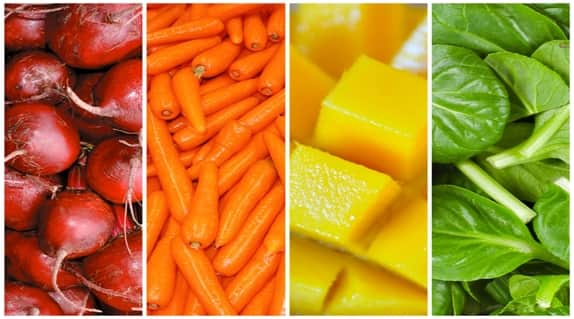INTRODUCTION
FOOD & BEVERAGES
THE NEW AND HEALTHIER APPROACH TO YOUR FOOD PROCESSING APPLICATION? OZONE.
The recent stories of food contamination reported in the media serve to highlight the need for the food industry to seek better, more effective methods of ensuring the safety of food products. In the vast majority of cases reported, the culprits have been identified as Escherichia coli, Salmonella enteriditis, Listeria monocytogenes and other pathogens found in fruits, meats, shell fish and other foods consumed by the public.
OZONE MERITS
- Ozone is a cleaning and a sanitizing agent.
- Ozone systems can keep a plant clean and sanitized throughout the production day for less money than current modalities.
- The capacity of ozone as an effective degreaser and sanitizer on conveyor belts during production greatly reduces the risk of cross contamination.
- Ozone sprays are used continuously on direct food surfaces such as conveyors, knives, slicers, and portioners, assuring their cleanliness throughout production.
- Recently, processors have even begun interventional ozone cleaning of indirect surfaces at breaks and shift changes.
- Ozone’s use during production yields a cleaner plant and decreases the labor time needed for full plant sanitation.
- Ancillary benefits include reduced energy costs resulting from a large reduction in hot water consumption and chemical cost reductions resulting from lessened chemical usage.
- Ozone is effective against all known bacteria and their spores, it can readily control ubiquitous pathogens like Listeria and Campylobacter.
- In some applications, such as produce, seafood, poultry, and ready-to-eat foods, ozone spray is applied directly to the product, resulting in longer shelf life or increased yield.
BENEFITS
- Longer shelf life
- Water and energy efficiency
- Lower cost in waste water disposal
- Air-born microbiological and odour control
- Ethylene removal
- Instant pathogen destruction
